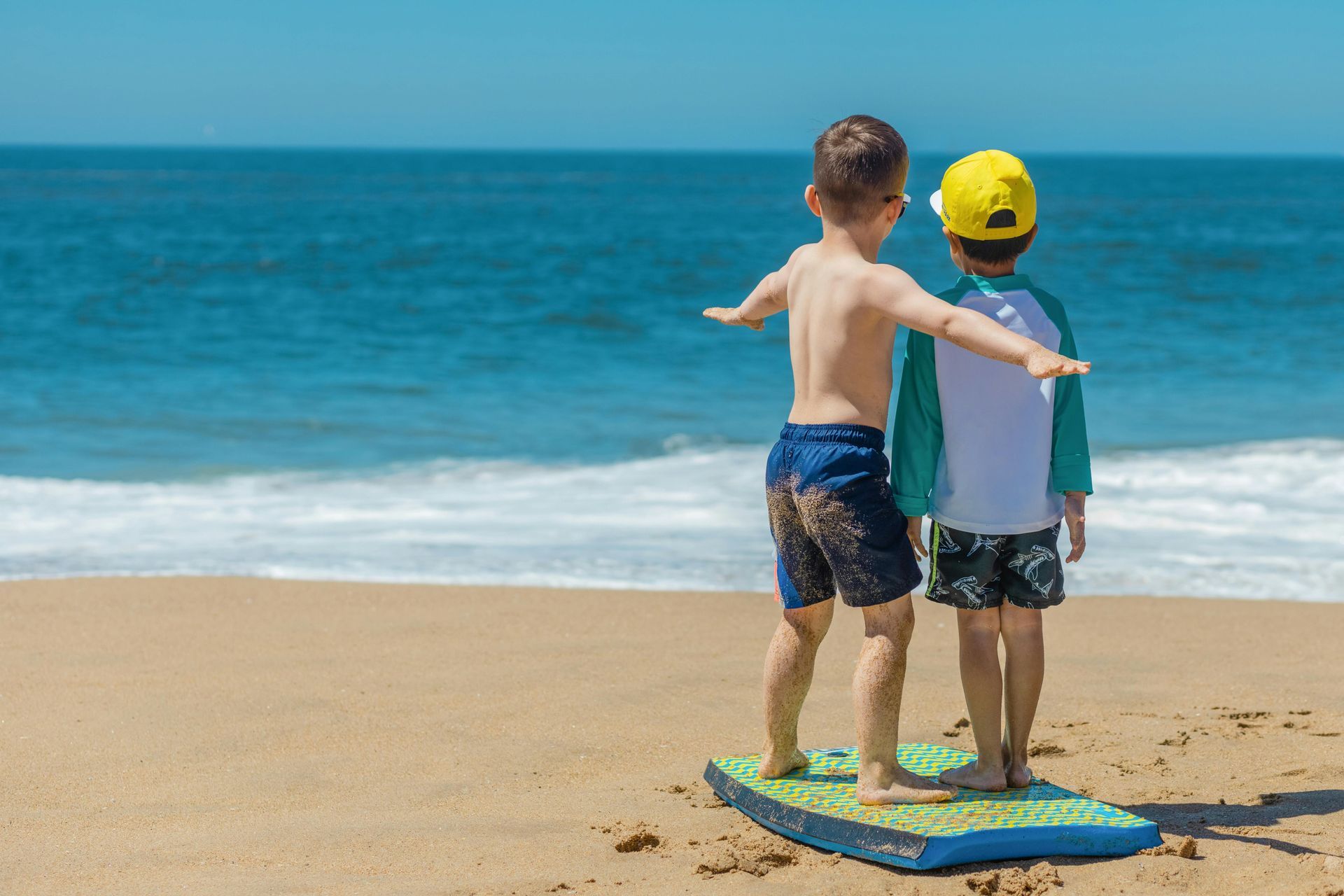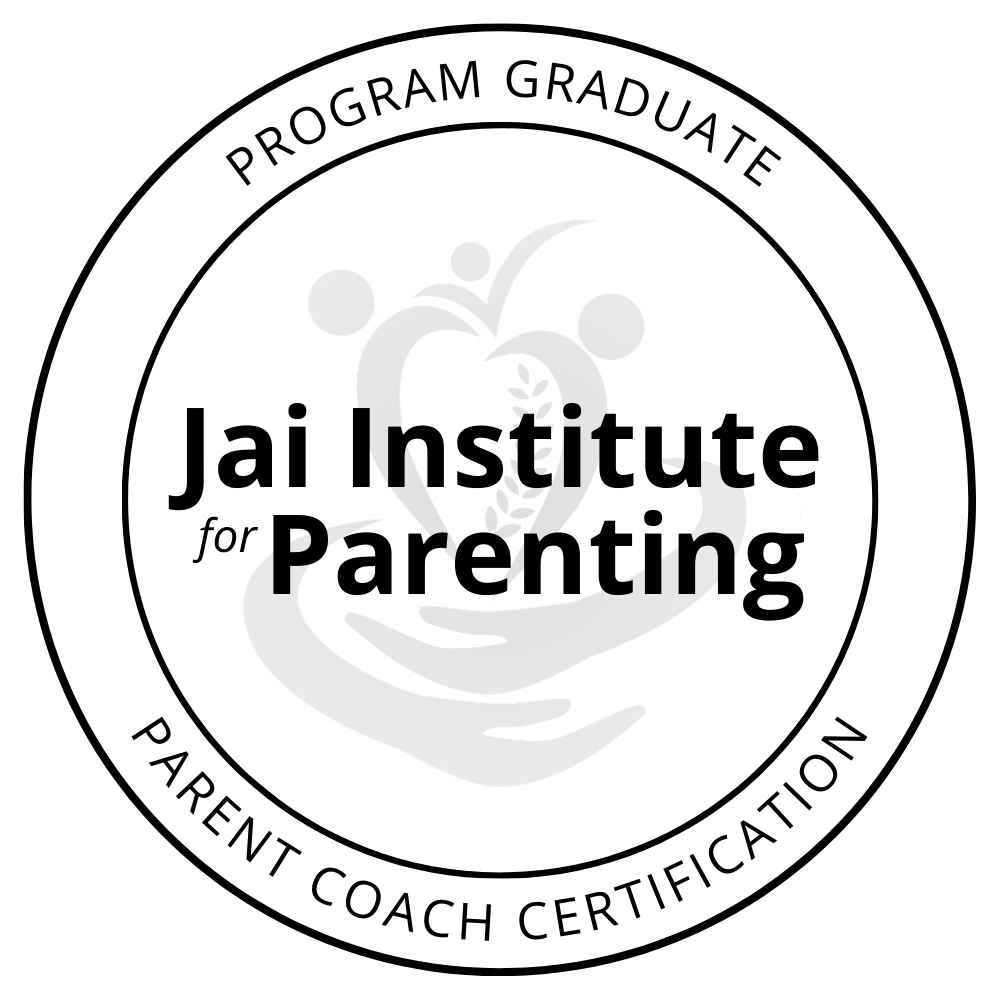By Kendall Brooks
•
August 28, 2025
Recovery is never just about abstaining from substances — it is about reclaiming a life of integrity, meaning, and connection. For parents in recovery, one of the greatest challenges is learning how to parent with presence while healing from the past. Questions often surface: How do I repair the hurt caused by my addiction? How do I set limits when I am still learning to set them for myself? How do I stay calm when my brain and body are wired for fight-or-flight? The truth is, these struggles are not signs of failure, they are invitations into healing. Parenting in recovery offers a path where the wisdom of the 12 Steps, modern brain science, and family-centered support converge to create something powerful: a way to heal oneself and their child(ren), together. Making Peace with the Parenting Past Step Four of the 12 Steps invites a “searching and fearless moral inventory.” In parenting, this often means facing the moments of absence, anger, or inconsistency that weigh heavily on parents in recovery. As Dr. Gabor Maté reminds us in In the Realm of Hungry Ghosts, “Children don’t need perfect parents. They need parents who are present and willing to repair.” At Calm Current Parenting, parents are guided to reframe guilt into responsibility: “I cannot change what has been, but I can take ownership of today.” In AA this prayer relays the same concept. “God grant me the serenity to accept the things I cannot change, courage to change the things I can, and wisdom to know the difference.” The goal is not to erase mistakes but to model accountability. Repairing ruptures — whether through apologies, consistency, or small daily gestures of love — becomes the foundation of rebuilding trust. Boundaries as Anchors Boundaries in recovery are not punishments — they are lifelines. Just as sobriety requires saying “no” to certain people, places, and substances, parenting requires saying “no” in ways that protect and guide. The book Beyond Addiction for Families emphasizes that boundaries must be both compassionate and firm. They are not walls that separate us from our children, but anchors that hold the family steady in turbulent waters. Boundaries provide the predictability children crave and help parents reclaim authority rooted in love, not fear. Healing the Inner Child Addiction is often described as an attempt to soothe the unhealed wounds of our own childhood. Step Six and Seven ask us to release the patterns that no longer serve us — many of which come from unmet needs in our earliest years. When children trigger our anger, defiance, or fear, it is often our inner child who is speaking. The one who felt powerless, unseen, or unloved. By tending to that inner child through therapy, journaling, or re-parenting practices, parents gain the freedom to respond differently. Instead of reacting from a wound (“I was never allowed to speak that way, so you won’t either”), a parent can respond from wisdom: “I see you’re angry. Let’s take a breath together.” Healing the inner child not only transforms parenting but also breaks generational cycles. Regulation and Co-Regulation The 12 Steps emphasize humility, surrender, and daily practice. Similarly, parenting requires practices that steady the nervous system in moments of chaos. Neuroscientific research shows that when the amygdala is activated, the brain shifts into survival mode: fight, flight, freeze, or fawn (LeDoux, 2000; Siegel, 2012). This amygdala hijack can feel like being swept into a tidal wave of panic or rage. The good news: regulation is possible. Breathwork, grounding exercises, or simply pausing before reacting sends a signal to the brain that “I am safe.” Even more powerful is co-regulation, when a parent’s calm presence steadies the child’s storm. Polyvagal theory (Porges, 2011) demonstrates that our nervous systems are wired to attune. When a parent takes a deep breath, softens their voice, and meets their child’s eyes, the child’s nervous system begins to settle too. Regulation becomes not just a personal practice but a relational gift. Healthy Aggression: From Destruction to Protection Addiction often channels energy into destructive forms like rage, withdrawal, avoidance. But that same energy, when reclaimed, becomes a force of protection and vitality. Psychologist Donald Winnicott described “healthy aggression” as the life force that protects boundaries, asserts needs, and defends what matters most. In parenting, this looks like: Protecting family routines even when children resist. Standing firm in values: “I won’t allow harm in our home.” Channeling energy into play, movement, or advocacy. Healthy aggression is not about control — it is about using strength in the service of connection and safety. Parallels Between the 12 Steps and Parenting The overlap between recovery and parenting is profound: Step 4: Inventory → Parenting Reflection Both invite honesty without judgment. Step 8–9: Amends → Repair with Children Owning mistakes builds trust and teaches resilience. Step 10: Daily Inventory → Daily Reflection in Parenting Checking in each day prevents old patterns from taking hold. Step 11: Prayer/Meditation → Regulation & Self-Compassion Both cultivate presence and humility. Step 12: Service → Modeling for Children Parents serve not only the community but also their children by embodying recovery. Both paths are about progress, not perfection. Healing Together Parenting in recovery is not about being flawless. It is about being present, accountable, and willing to repair. It is about turning the tools of recovery into tools of parenting: reflection, boundaries, humility, service, and love. As Gabor Maté writes, “The attempt to escape from pain is what creates more pain. The attempt to meet pain with compassion is what begins to heal it.” When parents in recovery meet their own pain with compassion, they create the possibility of breaking cycles, healing generations, and raising children who know both the power of vulnerability and the strength of love. Support for Parents and Families in Recovery If you’re a parent in recovery or if you have a family member in recovery, know that you don’t have to do this alone. Calm Current Parenting offers resources and support tailored for families like yours. References Maté, G. (2008). In the Realm of Hungry Ghosts: Close Encounters with Addiction. Knopf. Foote, J., Wilkens, C., Kosanke, N., & Higgs, K. (2014). Beyond Addiction: How Science and Kindness Help People Change. Scribner. LeDoux, J. (2000). Emotion circuits in the brain. Annual Review of Neuroscience, 23, 155–184. Porges, S. (2011). The Polyvagal Theory: Neurophysiological Foundations of Emotions, Attachment, Communication, and Self-Regulation. Norton. Siegel, D. J. (2012). The Developing Mind: How Relationships and the Brain Interact to Shape Who We Are. Guilford.





